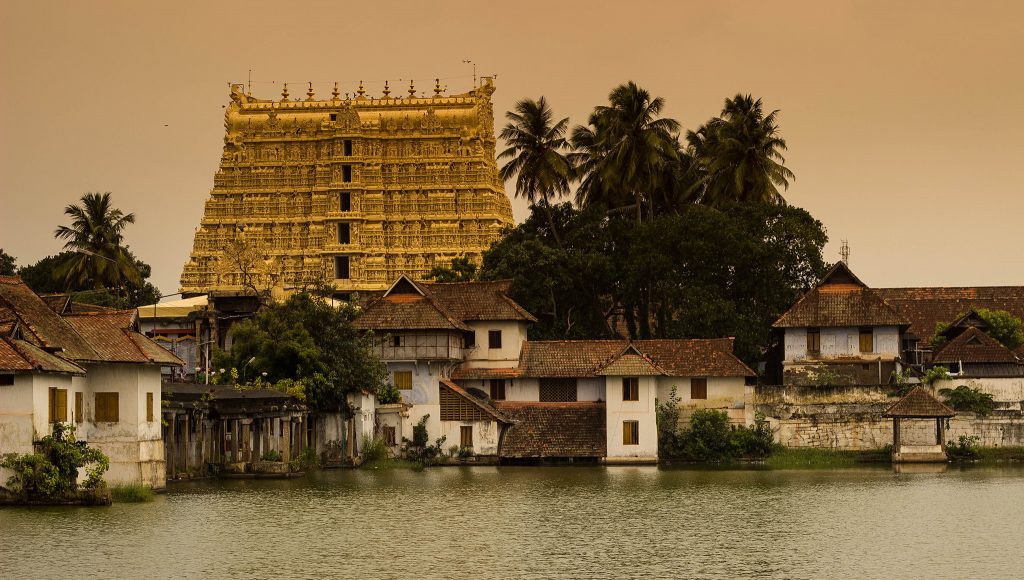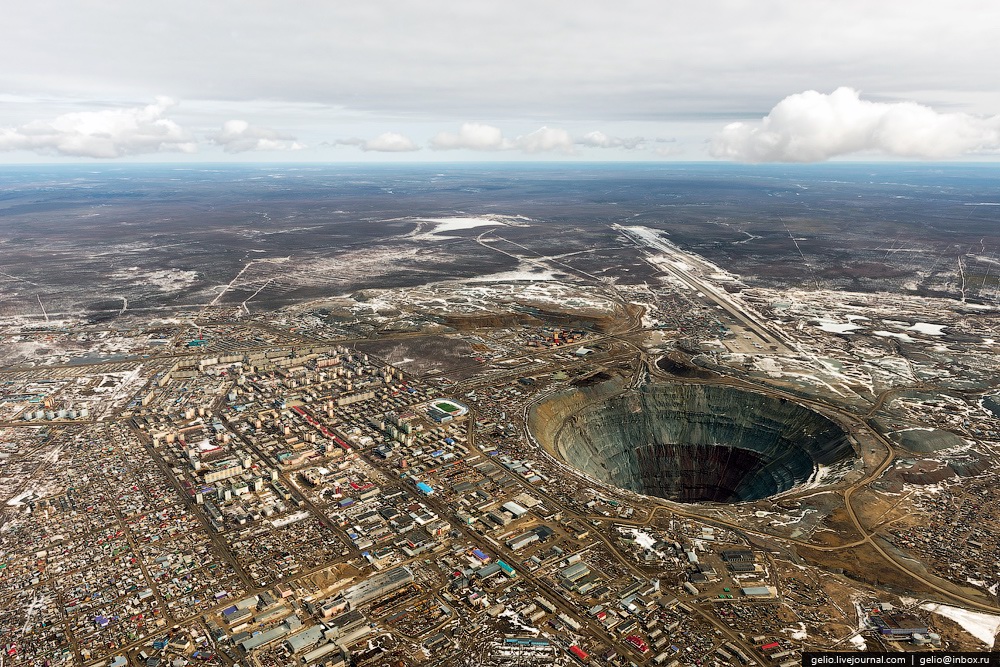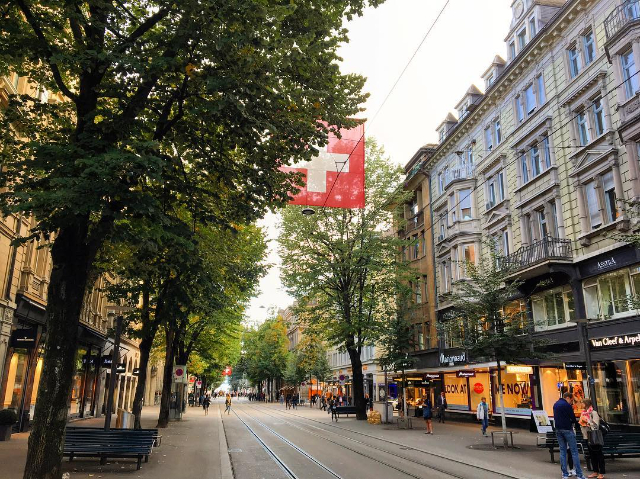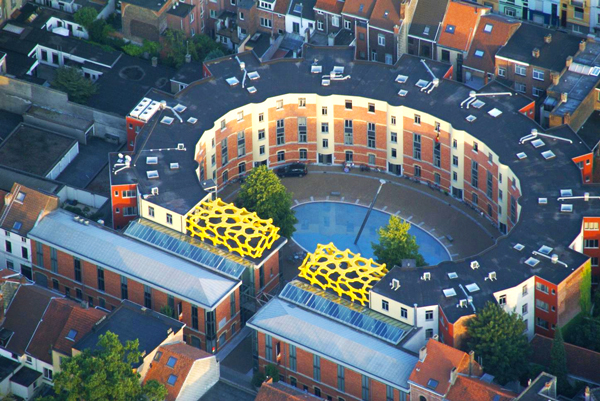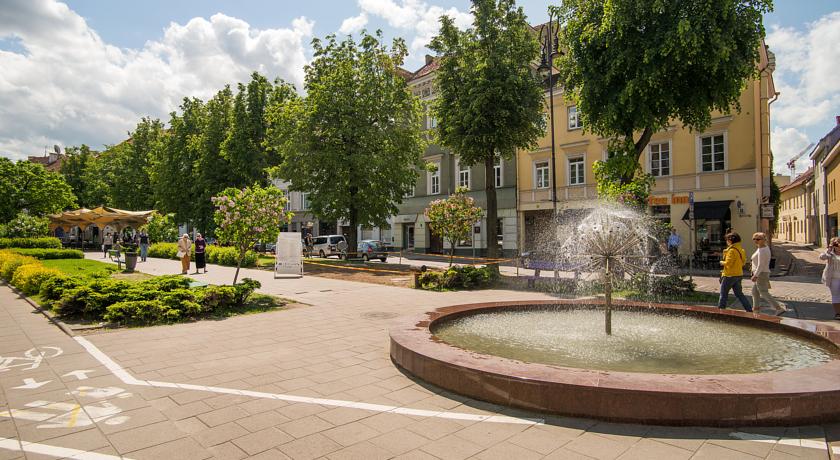At the southern end of the state of Kerala, in India, the capital Trivandrum is home to one of the most mysterious and enigmatic places in the world, the temple of Padmanabhaswamy, dedicated to the god Vishnu and known since the Middle Ages as the Golden Temple. The place of worship guards in its underground chambers a legendary treasure that fueled fantasies and speculations until in 2011 the Supreme Court of India ordered the opening of its six underground chambers. From the inventory that followed, we learned of the exceptional size of the treasures, accumulated over centuries by the temple and managed by a trust headed by the Maharaja of Travancore. The approximate value, without taking into account the historical and cultural importance of the objects discovered, stands at a conservative estimate of $20 billion.
A throne of pure gold adorned with diamonds, gold coins from the Roman era, a five-metre-long gold chain, a one-metre-high statue also made of gold, gold coconut shells studded with rubies and emeralds, and so on and so forth in a mind-boggling inventory. Not to mention that, as admitted by the Indian authorities, one of the six underground chambers is considered a forbidden zone and therefore impossible to open and many other vaults are banned for religious reasons. The total extent of the Padmanabhaswamy temple treasure remains a mystery.
